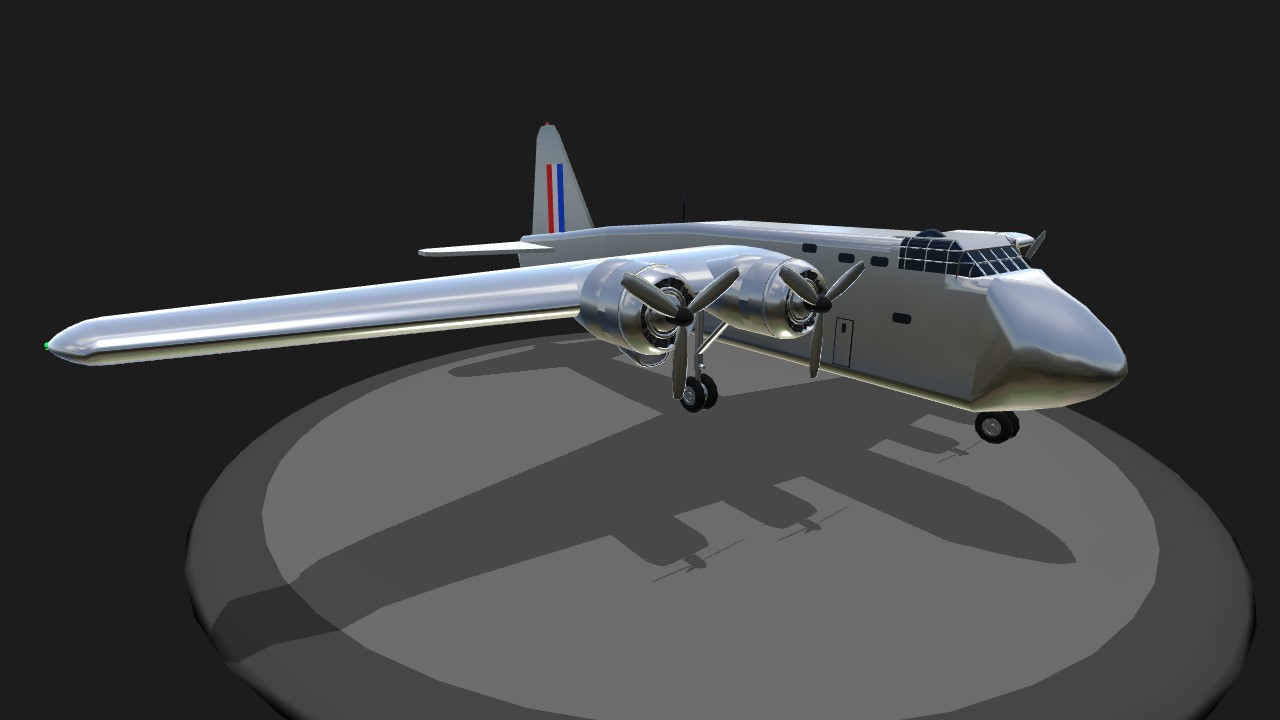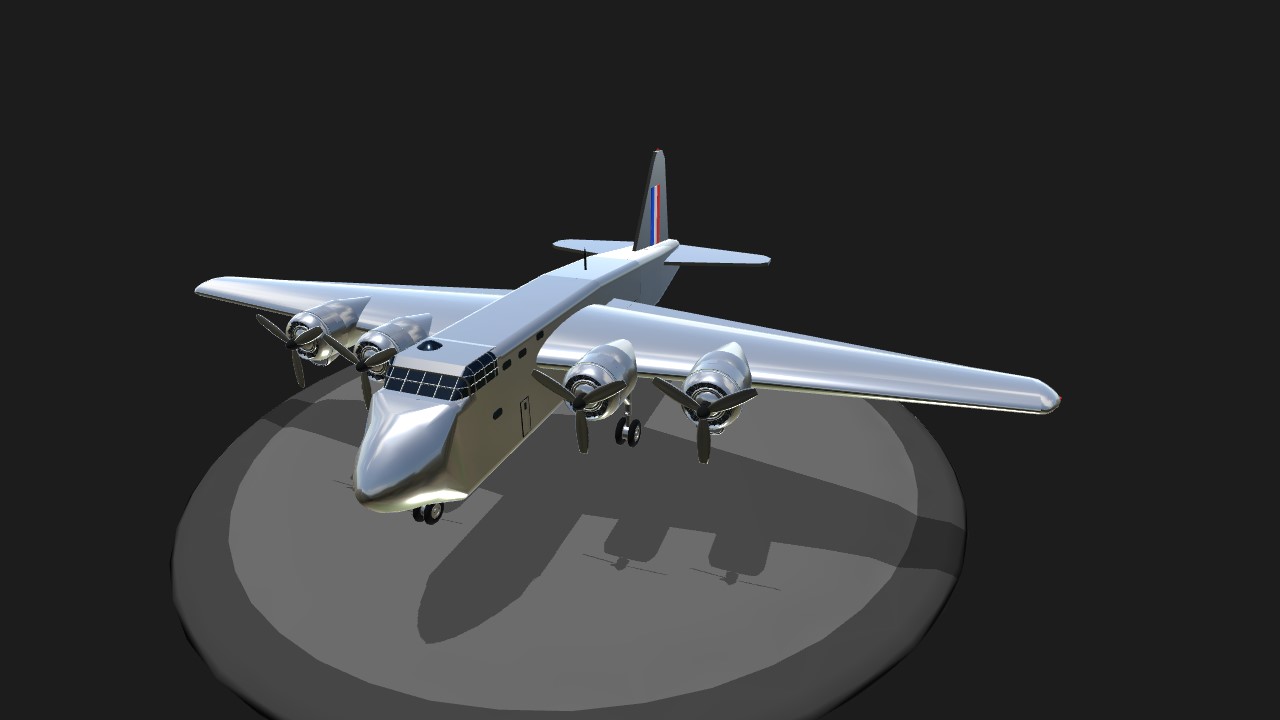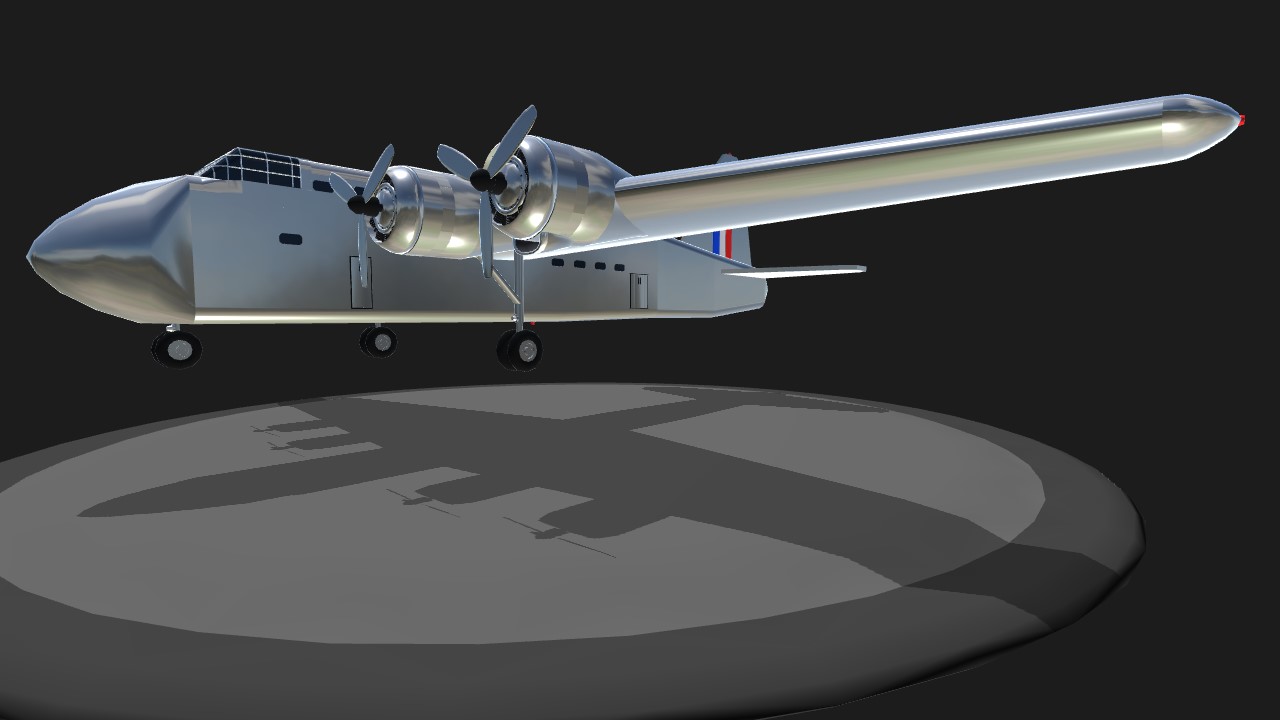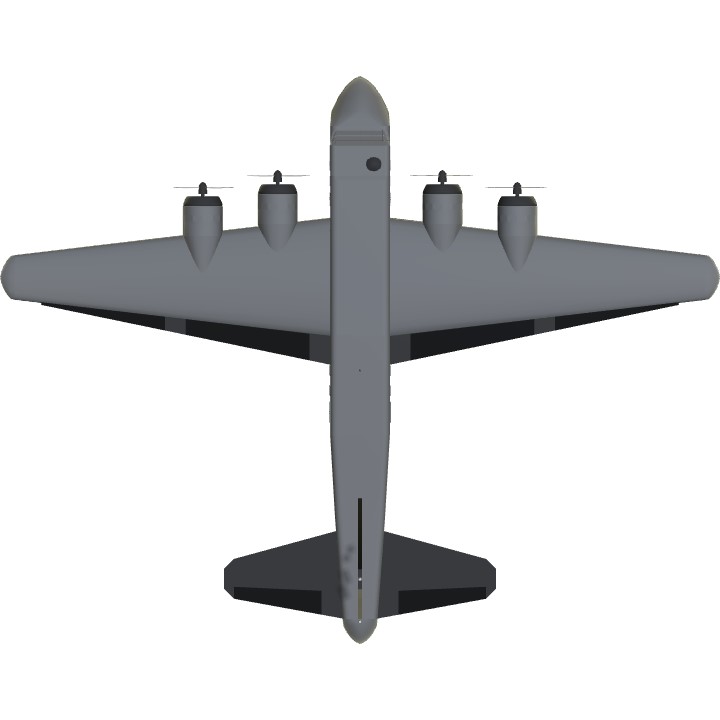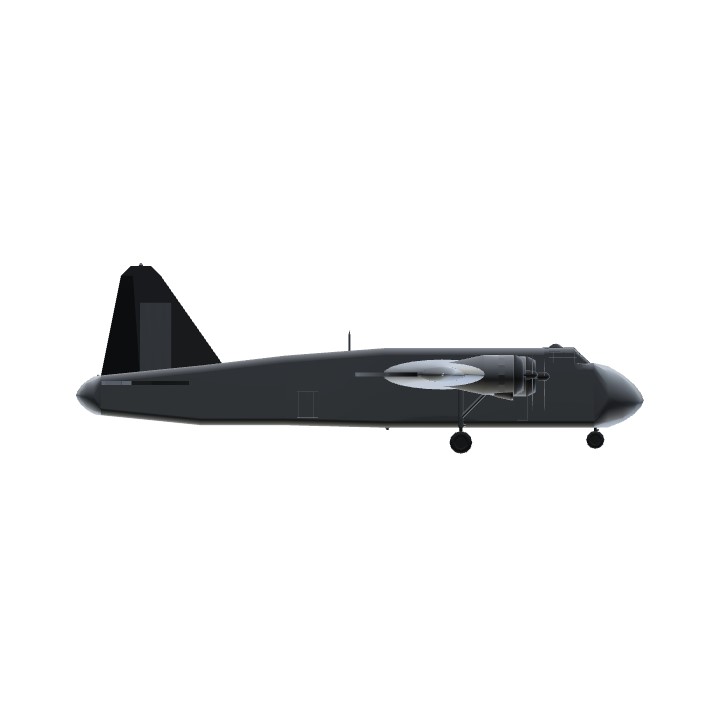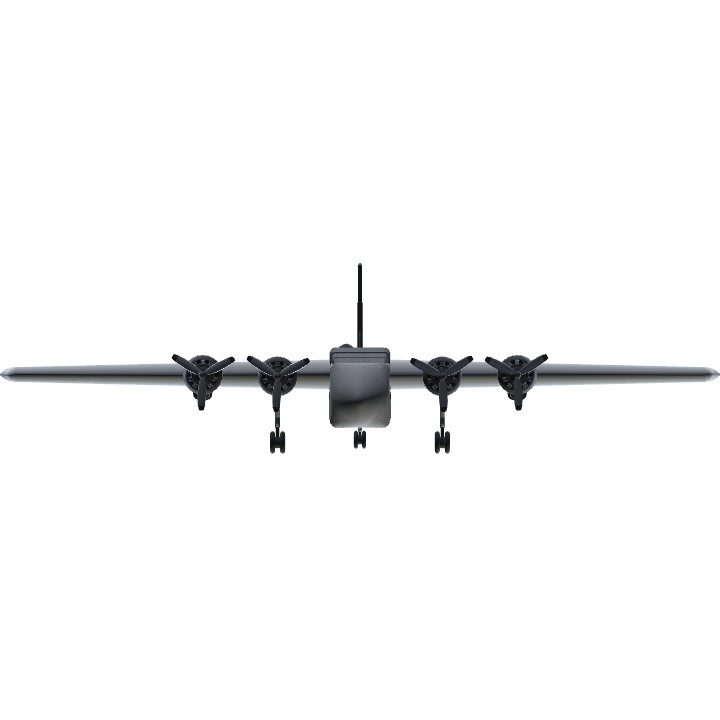Fin de 1945 l'état-major français demanda la fabrication d’un avion de transport de construction française en vue de la création d'une division aéroportée, par ailleurs
l'appareil devait être utilisable pour le transport civil.
L'étude d'un avion de transport civil débuta chez la SNCAC à la fin de la Seconde Guerre mondiale. Le fuselage fut d'ailleurs exposé en 1946 au Salon international de l'aviation au Grand Palais2.
Le premier vol eut lieu le 20 juillet 19482 mais eut des conséquences tragiques. Ce jour-là, l'avion décolla de l'aérodrome de Toussus-le-Noble où l'avion avait été assemblé
pour rejoindre la base de Villacoublay à 10 km de là où les essais devaient être menés2. L'équipage comprenait Louis Bertrand, pilote d'essais, Abel Nicolle, ingénieur pilote d'essais et trois spécialistes des essais
Robert Facomprez, Marcel Itasse et Marcel Constum2. Le court vol se déroula sans histoire, mais alors que l'équipage entamait l'approche de la base et agissait sur la commande électrique de sortie de volets, ceux-ci
se braquèrent à 40°2. Le freinage brutal de l'appareil fit alors brutalement piquer l'appareil alors qu'il se trouvait à une altitude de 250 m2. L'avion s'écrasa dans les bois de Verrières ne laissant aucun
survivant et déclenchant un gigantesque incendie .
Le deuxième prototype effectua son premier vol le 9 avril 19493, avec pour équipage: Claude Dellys, pilote d'essais, Jean Yvetot, ingénieur et deux mécaniciens, André Guignard et André Bouthonet. Ce vol mit en évidence les causes de l'accident du premier prototype.
27 essais en vol furent effectués jusqu'au 27 juin 1949 Au total 14 appareils devait être produits mais seuls 4 furent achevés. L'appareil ne connut pas le succès espéré car ne répondant pas au besoins de l'époque, il était trop gros pour un appareil de transport
court courrier. De plus sa construction ne permettait pas le largage de charges et par conséquent ne convenait pas à un usage militaire. Le projet fut donc abandonné.
- Moteur extérieur gauche : touche 1 .
- Moteur intérieur gauche : touche 2 .
- Moteur intérieur droit : touche 3 .
- Moteur extérieur droit : touche 4 .
- Feux de navigation : touche 5
- Phare d'atterrissage : touche 6 .
- réacteur interne : touche 8 . ( installé dans la cellule pour augmenter la puissance . N'existe pas sur le modéle réel évidement .
- Trim
Mon modéle conserve des défaults de vol pour rester dans l'esprit prototype . Vol manche au ventre , trim a fond . Je n'ai pas réussi vu la configuration
de l'appareil a faire autrement . Si vous pouvez m'aider pour équilibrer l'appareil , je suis d'accord et attends vos propositions .
Je n'ai pas trouvé de photo en couleur , ni de planche couleur . La décoration est faite
comme les autres modèles de l'époque .
Donnez moi votre avis .
English version traduction by Google :
At the end of 1945 the French General Staff demanded the manufacture of a French transport aircraft for the creation of an airborne division,
The aircraft had to be usable for civil transport.
The study of a civil transport aircraft began at SNCAC at the end of the Second World War. The fuselage was also exhibited in 1946 at the International Aviation Exhibition at the Grand Palais2.
The first flight took place on 20 July 19482 but had tragic consequences. That day, the plane took off from the Toussus-le-Noble airfield where the aircraft had been assembled
To join the Villacoublay base 10 km from where the tests were to be conducted2. The crew consisted of Louis Bertrand, test pilot, Abel Nicolle, pilot test engineer and three test specialists
Robert Facomprez, Marcel Itasse and Marcel Constum2. The short flight took place without any history, but as the crew began to approach the base and acted on the electric shutter release control, these
Stood at 40 ° 2. The brutal braking of the aircraft then brutally stung the aircraft while it was at an altitude of 250 m2. The plane crashed in the woods of Verrieres, leaving no
Surviving and triggering a gigantic fire.
The second prototype made its first flight on 9 April 19493, with the crew: Claude Dellys, test pilot, Jean Yvetot, engineer and two mechanics, André Guignard and André Bouthonet. This flight highlighted the causes of the accident of the first prototype.
27 flight tests were carried out until June 27, 1949 A total of 14 aircraft were to be produced but only 4 were completed. The aircraft did not have the expected success because it did not meet the needs of the time, it was too big for a transport device
Short-haul. Moreover, its construction did not permit the release of loads and therefore was not suitable for military use. The project was abandoned.
- Left outer motor: key 1.
- Left inside motor: key 2.
- Right inner motor: 3.
- Right outer motor: key 4.
- Navigation lights: key 5
- Landing light: button 6.
- internal reactor: key 8. (Installed in the cell to increase power.) Does not exist on the actual model recess.
- Trim
My model keeps flying defects to stay in the prototype spirit. Flight to the belly, trim to bottom. I did not succeed given the configuration
Of the device to do otherwise. If you can help me balance the device, I agree and wait for your proposals.
I did not find a color photograph or a color board. Decoration is done
Like the other models of the time.
Give me your opinion .
Specifications
General Characteristics
- Created On Windows
- Wingspan 59.3ft (18.1m)
- Length 46.8ft (14.3m)
- Height 15.9ft (4.9m)
- Empty Weight 18,277lbs (8,290kg)
- Loaded Weight 25,055lbs (11,365kg)
Performance
- Power/Weight Ratio 0.448
- Horse Power/Weight Ratio 0.319
- Wing Loading 49.1lbs/ft2 (239.6kg/m2)
- Wing Area 510.6ft2 (47.4m2)
- Drag Points 12535
Parts
- Number of Parts 157
- Control Surfaces 7
- Performance Cost 656

